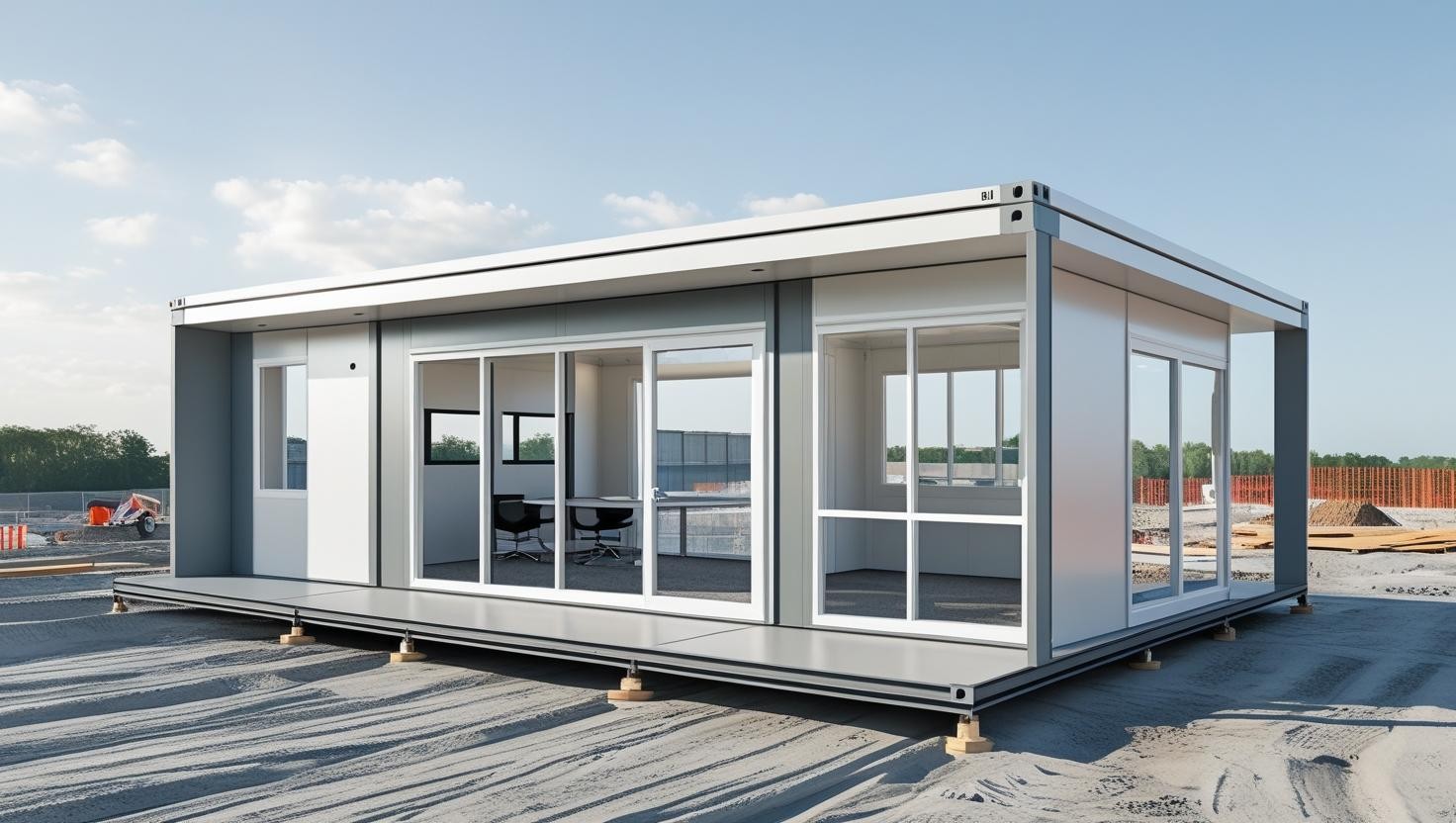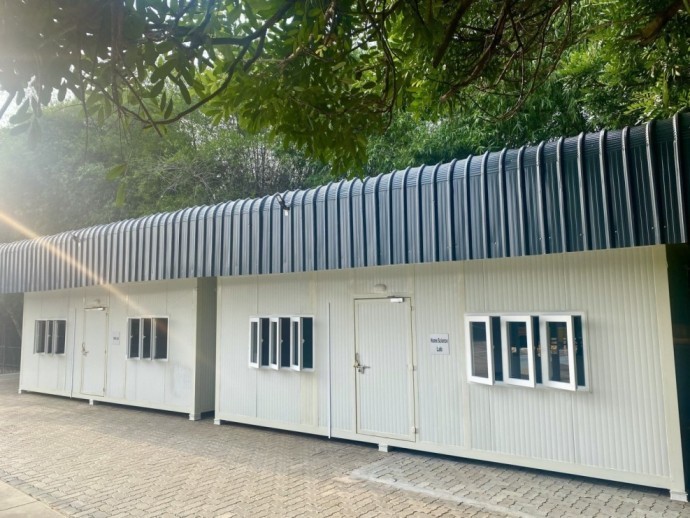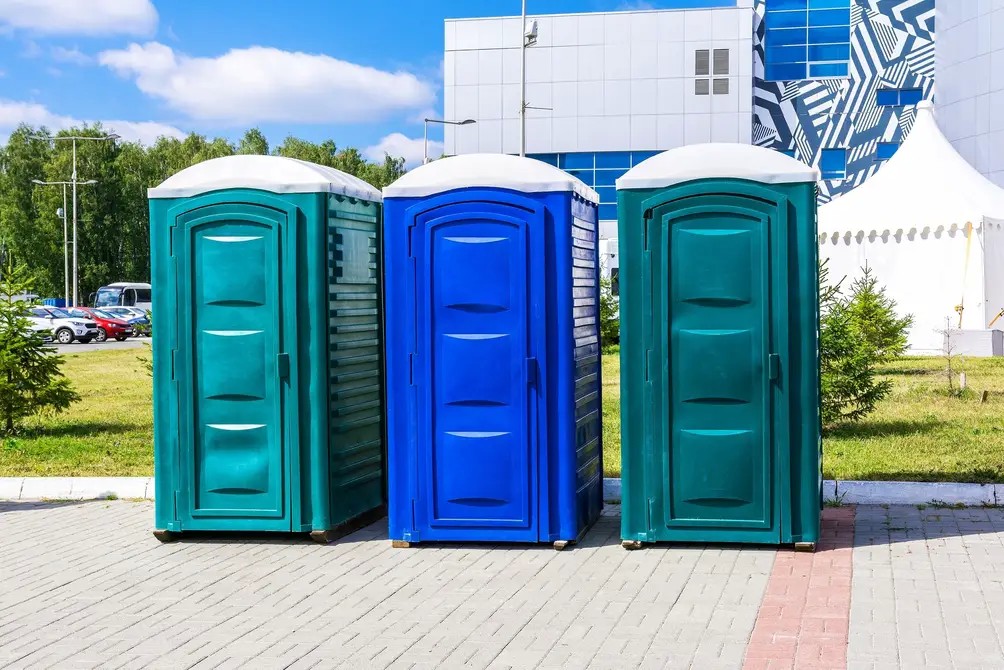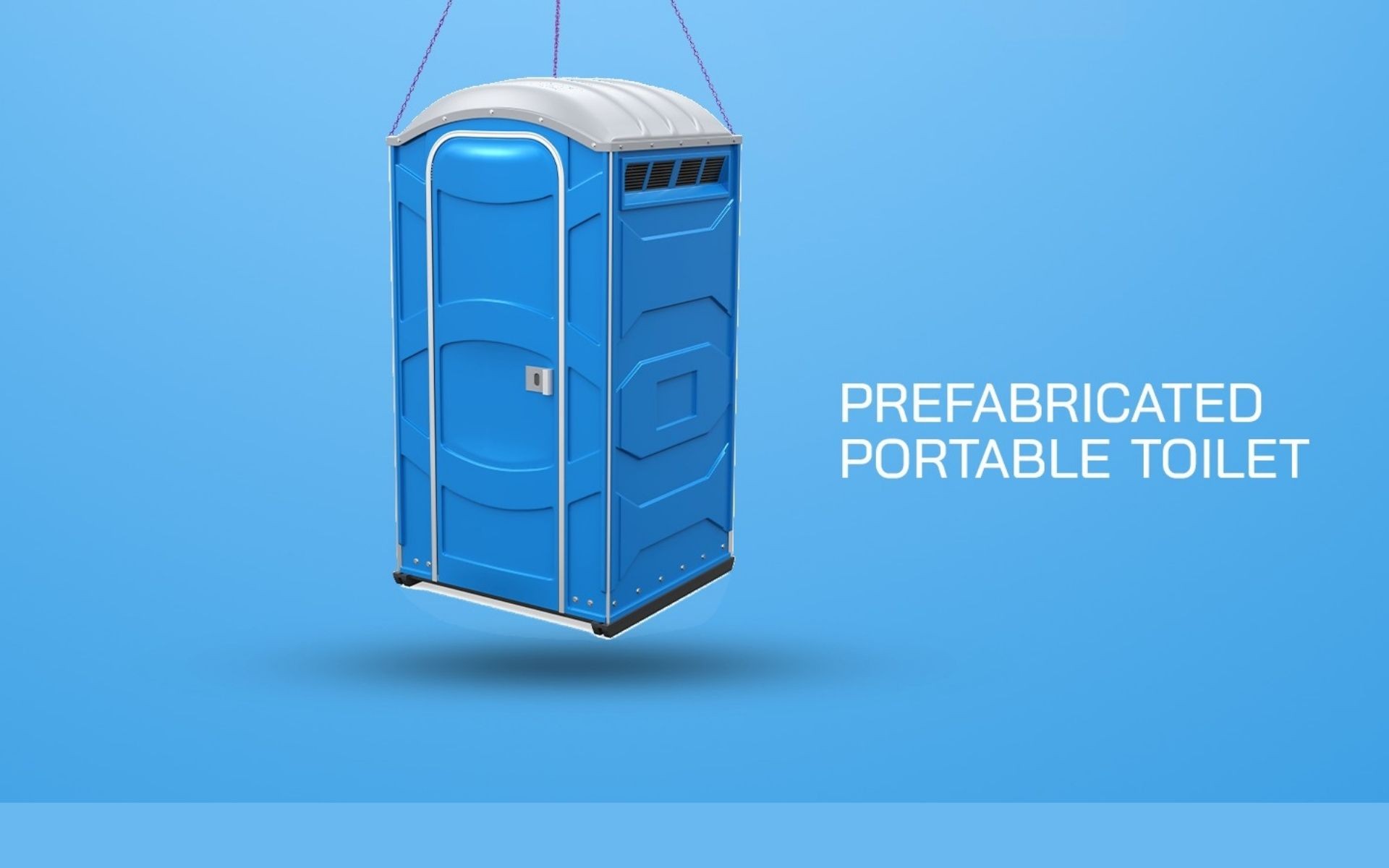Why Choose Prefabricated Agricultural Buildings

Prefabricated agricultural buildings have emerged as a modern solution to traditional farming infrastructure challenges. Evolving from simple, functional designs to sophisticated structures, they have gained significant popularity in the agricultural sector. These buildings are manufactured off-site in sections and then assembled quickly on the farm, a process that revolutionised the way agriculturalists think about their physical space. This blog will delve into why prefabricated buildings have become a preferred choice for farmers and agricultural businesses. From cost-effectiveness and durability to flexibility and environmental benefits, we will explore the myriad reasons that make these structures an advantageous investment for the contemporary agricultural landscape.
What are Prefabricated Agricultural Buildings?
Prefabricated agricultural buildings are modern structures designed for various farming needs, constructed using pre-manufactured modules or components. These components are typically produced in a controlled factory setting and then transported to the agricultural site for assembly. This method contrasts with traditional agricultural buildings, which are built entirely on-site and often from scratch, leading to longer construction times and potentially inconsistent quality.
The basic components of prefabricated buildings include steel frames, wall and roof panels, and modular parts like doors and windows. These elements are engineered for easy assembly, durability, and resistance to various environmental factors. Prefabricated buildings offer a uniform quality, as components are manufactured under strict standards and inspections, which is not always achievable with traditional construction methods.
In the agricultural sector, the versatility of prefabricated buildings is a significant advantage. They can serve a wide range of purposes, from storage sheds, barns, and livestock housing to more specialised structures like greenhouses and controlled environment agriculture facilities. Each type can be customised to meet specific requirements, such as insulation for temperature control or enhanced ventilation systems. This adaptability makes prefabricated agricultural buildings a practical choice for modern farming operations, catering to the diverse and evolving needs of the agricultural industry.
Benefits of Prefabricated Agricultural Buildings
Here are some of the benefits of prefabricated agricultural buildings:
Cost-Effectiveness
Prefabricated agricultural buildings offer significant cost advantages over traditional construction methods. The factory-based production of components enables economies of scale, reducing the overall material and labour costs. Moreover, the shorter construction time means lower labour costs and a quicker turnaround, allowing farmers to utilise the structures sooner, which can be crucial for seasonal agricultural activities.
In terms of long-term financial benefits, these buildings require less maintenance due to their durable materials and quality construction. For example, a case study of a prefabricated storage barn showed that over five years, maintenance costs were approximately 50% lower compared to a traditionally built barn. Additionally, the energy efficiency of modern prefabricated designs can lead to savings in utility costs. This combination of lower initial investment and reduced ongoing expenses makes prefabricated agricultural buildings a cost-effective solution for farmers and agricultural businesses.
Durability and Quality
Prefabricated agricultural buildings are durable and last a long time due to the fact that they make use of premium-grade materials. Steel—which is often employed in such constructions—is famed for its sturdiness and durability. Prebuilt structures have impressive reliability in the context of harsh weather conditions that involve heavy rain, strong wind, and snowfall – an essential necessity for farming purposes.
Compared to traditional agricultural buildings, which might require more frequent repairs or be susceptible to issues like rot and pest infestation, prefabricated structures offer a longer lifespan with less maintenance. The controlled manufacturing process ensures consistent quality and structural integrity, making these buildings a reliable, long-term investment for agricultural use.
Speed of Construction and Flexibility
The speed of construction is a standout advantage of prefabricated agricultural buildings. The components are manufactured in advance and simply need to be assembled on-site, significantly reducing construction time compared to traditional buildings. This rapid assembly is particularly beneficial for agricultural businesses that often have time-sensitive needs, especially during peak farming seasons.
Additionally, these buildings offer remarkable flexibility in design and scalability. They can be easily customised to fit specific agricultural requirements, whether it's adjusting dimensions, adding ventilation systems, or incorporating additional features like skylights. As farming operations grow or change, prefabricated structures can be readily expanded or modified, providing a scalable solution that adapts to the evolving needs of the agricultural business.
Environmental Benefits
Prefabricated agricultural buildings are increasingly recognized for their environmental benefits. The construction process is more eco-friendly, often involving sustainable materials that have a lower environmental impact. The controlled manufacturing environment reduces waste through precise material usage and recycling capabilities.
Additionally, such structures incorporate energy conservation principles. The use of insulation options and modern ventilation also reduces costs associated with heating and cooling since it can be applied in vast buildings such as barns and greenhouses. Moreover, the architecture of the farms incorporates ease of integrating renewable energies like solar energy to ensure lower emissions on the farms. This is in line with the emerging concept of sustainable agriculture, which embraces environmentally friendly practices.
Ease of Customization and Expansion
Adjustability and expandability are among the main benefits associated with prefabricated agricultural buildings. They are purposefully flexible enough that farmers can customise each structure for specific crop requirements. Whether it's adjusting the size, incorporating specialised features like temperature control for livestock, or adding storage compartments, these buildings can be customised during the manufacturing process to meet diverse requirements.
As agricultural businesses grow, the modular nature of prefabricated buildings facilitates easy expansion. Additional sections can be seamlessly integrated into the existing structure, providing a scalable solution that evolves with the business. This adaptability makes prefabricated buildings a practical choice for the dynamic needs of the agricultural sector.
Conclusion
Prefabricated agricultural buildings offer a myriad of benefits, including cost-effectiveness, durability, quick construction, environmental friendliness, and ease of customization and expansion. These features make them an increasingly popular choice in modern agriculture, providing long-term advantages and aligning with sustainable farming practices. For those in the agricultural sector considering new or upgraded structures, exploring prefabricated options is a wise move. We encourage further inquiry and consultation with experienced prefabricated building providers to find a solution that best fits your specific agricultural needs and goals.
Want to know more about Why is Prefabrication Called The Future Of Construction Methods
Your Requirements
Related
Blogs






















6790c3d8f29a2.jpeg)




























65cf4d38697f9.webp)






65cf65f046eed.webp)






64afe3444467b.jpeg)












 site office front view622f00119ba65.jpg)

6349487807893.jpeg)